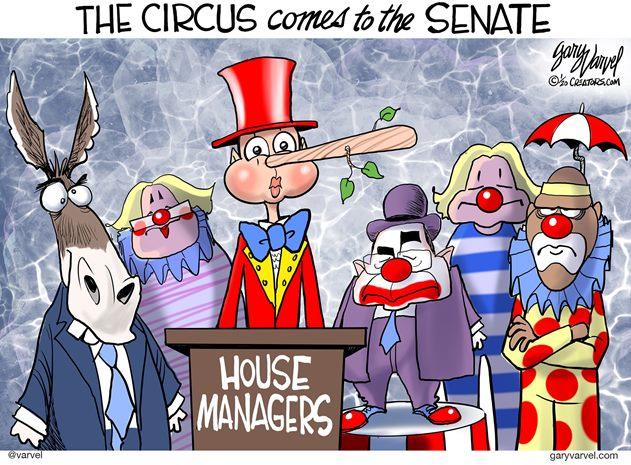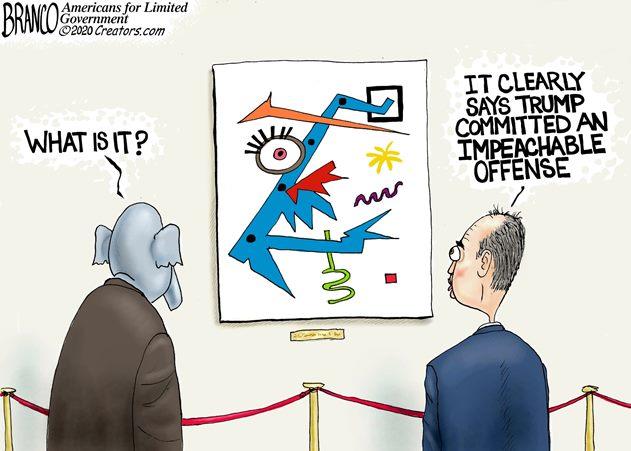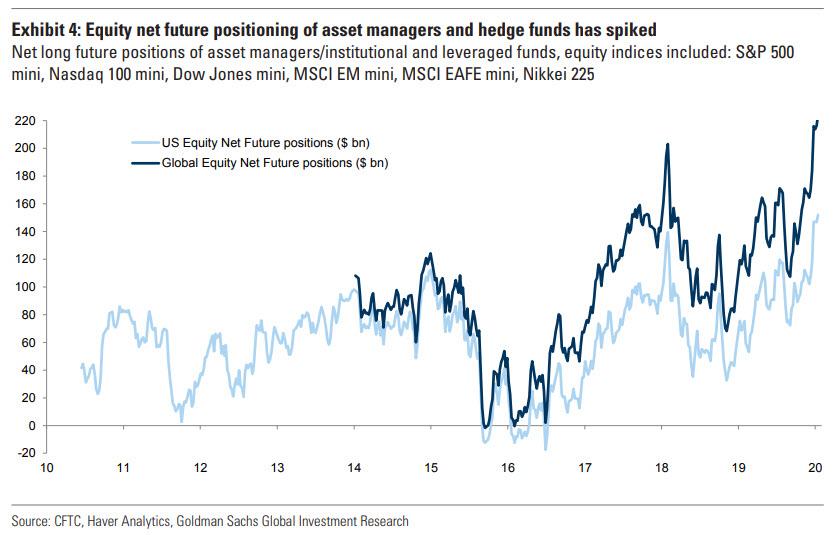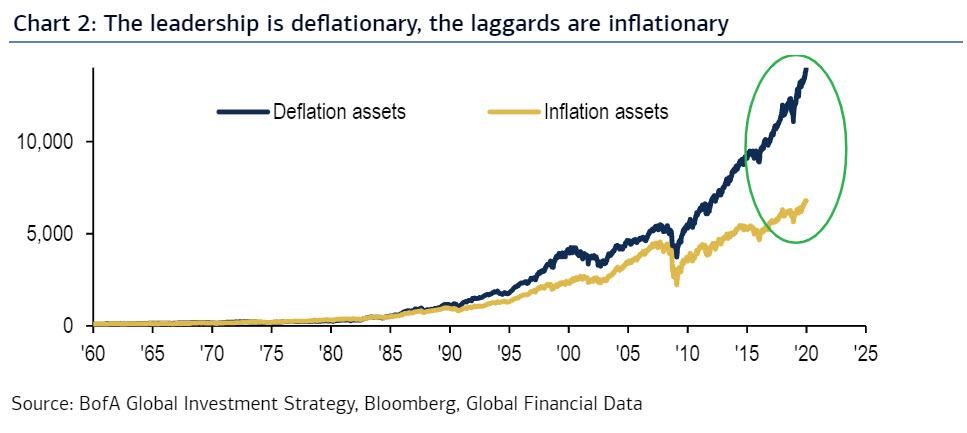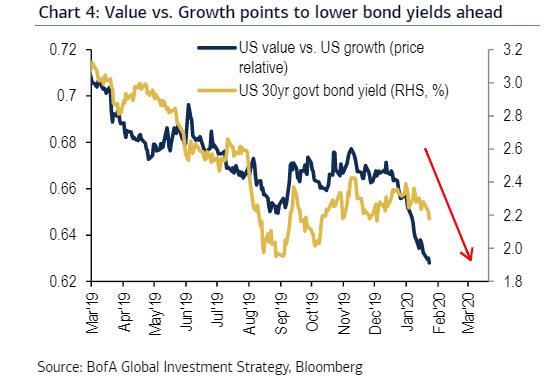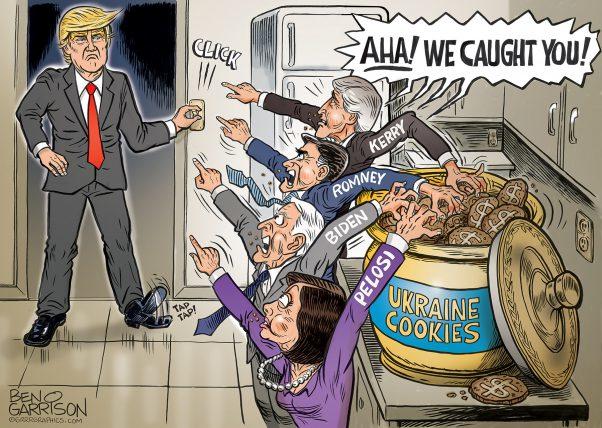Much of legal twitter is abuzz about Judge Frank Easterbrook’s brief yet blistering opinion in Baez-Sanchez v. Barr, in which he expresses incredulity at the Board of Immigration Appeals’ apparent willingness to disregard a decision of a reviewing appeals court.
The opinion should be read for the full effect, so here it is:
Jorge Baez-Sanchez, a citizen of Mexico, is removable as a criminal alien. His conviction for aggravated battery of a police officer renders him inadmissible. 8 U.S.C. § 1182(a)(2)(A)(i)(I). He applied to the Department of Homeland Security for a U visa, which would allow him to remain in the United States. The U visa is available to some admissible aliens who have been victims of crime in this country. Baez-Sanchez asked the immigration judge assigned to his case to grant him a waiver of inadmissibility, which would allow the Department of Homeland Security to rule favorably on his visa application. A statute, 8 U.S.C. § 1182(d)(3)(A)(ii), permits the Attorney General to waive an alien’s inadmissibility. Exercising that authority, an immigration judge twice granted the request for waiver. After the initial grant, the Board of Immigration Appeals remanded with instructions to consider an additional issue. The immigration judge did so and reaffirmed her decision.
On appeal to the Board, the Department of Homeland Security contended that the immigration judge erred in finding that Baez-Sanchez had shown the extraordinary circumstances needed to justify a waiver and had abused her discretion in light of Baez-Sanchez’s criminal history and other negative equities. The Board did not address either contention. Instead, relying on Matter of Khan, 26 I. & N. Dec. 797 (BIA 2016), the Board concluded that the power to waive inadmissibility belongs to the Attorney General alone and may not be exercised by immigration judges.
On petition for review, we held that 8 C.F.R. § 1003.10(a) permits immigration judges to exercise all of the Attorney General’s powers, except those expressly reserved by some other regulation. Baez-Sanchez v. Sessions, 872 F.3d 854 (7th Cir. 2017). No other regulation withdraws from immigration judges the power under § 1182(d)(3)(A)(ii), which means that the BIA erred. See also L.D.G. v. Holder, 744 F.3d 1022 (7th Cir. 2014).
Because the Board had not addressed any other question, principles of administrative law meant that we could not do so either. See SEC v. Chenery Corp., 318 U.S. 80, 87–88 (1943). We remanded with instructions to consider two possibilities that the Attorney General had raised in defense of the Board’s decision: first, that some statute, regulation, or reorganization plan transferred to the Secretary the Attorney General’s power to waive inadmissibility; second, that the power to waive inadmissibility may be exercised only in favor of aliens who apply from outside the United States. 872 F.3d at 856–57. We added that the Board also (or perhaps instead) could “decide whether to exercise in favor of, or against, Baez-Sanchez whatever discretion the Attorney General possesses.” Id. at 857.
What happened next beggars belief. The Board of Immigration Appeals wrote, on the basis of a footnote in a letter the Attorney General issued after our opinion, that our decision is incorrect. Instead of addressing the issues we specified, the Board repeated a theme of its prior decision that the Secretary has the sole power to issue U visas and therefore should have the sole power to decide whether to waive inadmissibility. The Board did not rely on any statute, regulation, or reorganization plan transferring the waiver power under § 1182(d)(3)(A)(ii) from the Attorney General to the Secretary. Nor did the Board discuss whether only aliens outside the United States may apply for relief under § 1182(d)(3)(A)(ii). Likewise the Board did not consider whether Baez-Sanchez is entitled to a favorable exercise of whatever discretion the Attorney General retains. In sum, the Board flatly refused to implement our decision. Baez-Sanchez has filed a second petition for review.
We have never before encountered defiance of a remand order, and we hope never to see it again. Members of the Board must count themselves lucky that Baez-Sanchez has not asked us to hold them in contempt, with all the consequences that possibility entails.
The Board seemed to think that we had issued an advisory opinion, and that faced with a conflict between our views and those of the Attorney General it should follow the latter. Yet it should not be necessary to remind the Board, all of whose members are lawyers, that the “judicial Power” under Article III of the Constitution is one to make conclusive decisions, not subject to disapproval or revision by another branch of government. See, e.g., Plaut v. Spendthrift Farm, Inc., 514 U.S. 211 (1995). We acted under a statutory grant of authority to review the Board’s decisions. 8 U.S.C. § 1252(a)(1). Once we reached a conclusion, both the Constitution and the statute required the Board to implement it.
A judicial decision does not require the Executive Branch to abandon its views about what the law provides, for the doctrine of offensive non-mutual issue preclusion does not apply to the United States. United States v. Mendoza, 464 U.S. 154 (1984). The Attorney General, the Secretary, and the Board are free to maintain, in some other case, that our decision is mistaken—though it has been followed elsewhere, see Meridor v. Attorney General, 891 F.3d 1302, 1307 & n.8 (11th Cir. 2018). But they are not free to disregard our mandate in the very case making the decision. That much, at least, is well established, not only in Plaut but also in many other cases. See, e.g., United States v. Stauffer Chemical Co., 464 U.S. 165 (1984). The Solicitor General did not ask the Supreme Court to review our decision, and the Department of Justice is bound by it.
The Attorney General’s brief in this court does not defend the Board’s decision—but neither does it confess error. Instead it asks us to remand so that the Board may “address in an authoritative decision whether an immigration judge may adjudicate an application for a nonimmigrant waiver under 8 U.S.C. § 1182(d)(3)(A)(ii) in removal proceedings.” The request is bizarre. We have already held that immigration judges do possess this power, if the Attorney General himself retains it. We directed the Board to consider whether the power has been transferred by statute, regulation, or reorganization plan to the Secretary of Homeland Security. The Board chose not to address that question, and we are hardly going to remand so that the Board can write another opinion about whether we erred in construing 8 C.F.R. § 1003.10(a). That’s water under the bridge. The Attorney General contends that a new decision by the Board could be entitled to deference under Kisor v. Wilkie, 139 S. Ct. 2400 (2019), but we held that the regulation is unambiguous. An agency is entitled to reinterpret an ambiguous regulation, see National Cable & Telecommunications Association v. Brand X Internet Services, 545 U.S. 967 (2005), but cannot rewrite an unambiguous one through the guise of interpretation. Change requires rulemaking.
The only remaining question is what should happen next. After concluding that an administrative decision is flawed, a court of appeals normally must remand to the agency. See, e.g., Negusie v. Holder, 555 U.S. 511 (2009); Gonzales v. Thomas, 547 U.S. 183(2006); INS v. Orlando Ventura, 537 U.S. 12 (2002). Yet we have already remanded, only to be met by obduracy. The remand rule is designed to afford the agency an opportunity to have its say on an issue, a say that may reflect expertise and could be entitled to judicial deference. The Board had that opportunity and disdained it. Another remand would do little beside give the Board a free pass for its effrontery, while delaying the alien’s entitlement to a final decision. That’s not the goal of the remand rule. Baez-Sanchez has waited long enough.
We deem all of the legal questions settled. For the purpose of this proceeding, at least, the Attorney General retains his power to grant waivers of inadmissibility, and immigration judges may exercise that power on the Attorney General’s behalf. An immigration judge has ruled in favor of Baez-Sanchez. If the Department of Justice were contending that the immigration judge had abused her discretion, then we would remand to the Board to address that subject. But the Attorney General’s brief in this court does not ask for a remand on the propriety of granting a waiver to Baez-Sanchez, in particular. The brief the Department of Homeland Security submitted to the Board on remand similarly does not contend that the immigration judge erred, if immigration judges possess the waiver power. All of the issues in this proceeding therefore have been finally resolved, and there is nothing more for the Board to do.
The petition for review is granted, and the Board’s decision is vacated. This leaves the immigration judge’s decision in force. The Executive Branch must honor that decision, which grants Baez-Sanchez a waiver of inadmissibility so that he may seek a U visa from the Department of Homeland Security.
from Latest – Reason.com https://ift.tt/2viKbOd
via IFTTT

